 October, 2011. Software Development Laboratory.
October, 2011. Software Development Laboratory.
This is Cyber Cage management system which features extensively defined Actors like users, cashiers, administrators etc. This also features secure system locking (for client machines which aren’t logged in) by means of open source kernel hooks.

Graphical depiction of the setup in case someone doesn’t get how Cyber Cafes are set.
Highlights:
- Low level (from open source) kernel hooks with render the process invisible to attackers
- Low level keyboard reprogramming to defend against tampering with client machines when not logged in
- Business statistics like login/logout timings, weekly/monthly sales reports etc
- Versatile customer type creation (temporary or permanent)
- Highly simple U.I
- Ease of customer profile recharging
The server and the client was coded in VB.net.
I’ve included the source code of program. Find the download link at the end. “RefractiveSoft” was this company name that I authored by programs with. It was what I wanted to call the company I want to start some day in the future. Just mentioning this in case someone finds this a reason to believe that I “outsourced” the creation of the program.
Main screen:
This is the main screen from which all program features can be accessed. Functions are rendered invisible/unusable according to the privileges of the user logged in
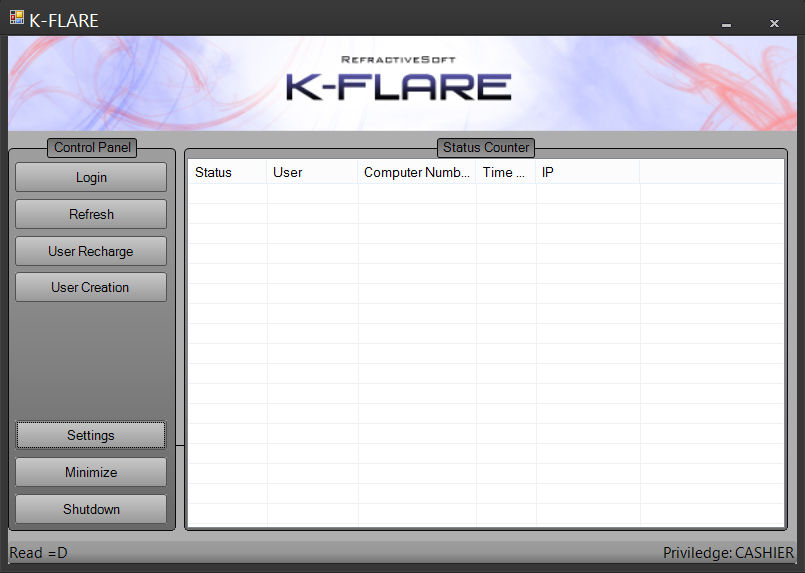
Main Screen
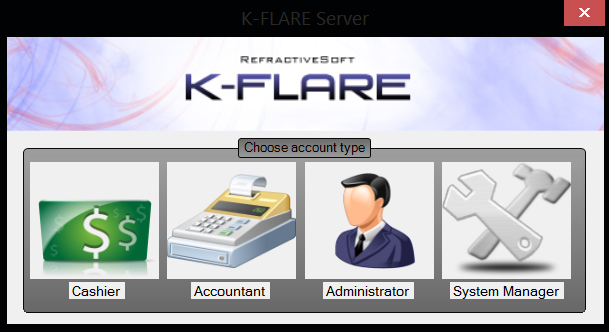
Credential Change Screen

Window to add Time/credit to accounts

The Statistics window. This window is visible only to the “Accountant” user
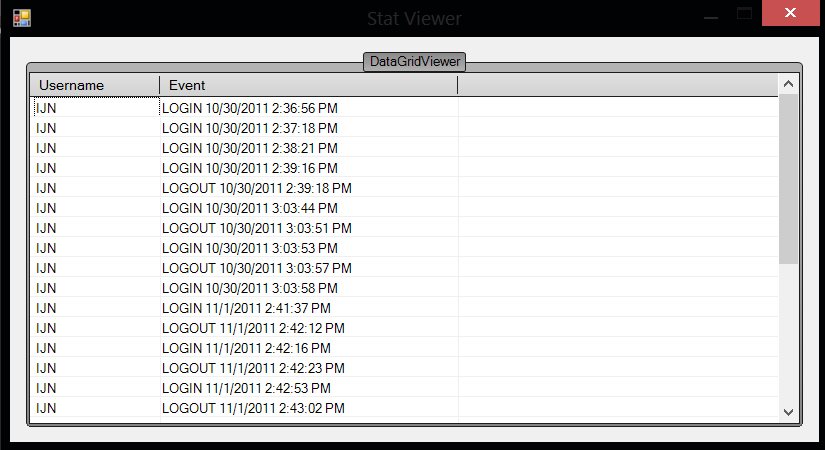
Screenshot of sample Login/Logout trials
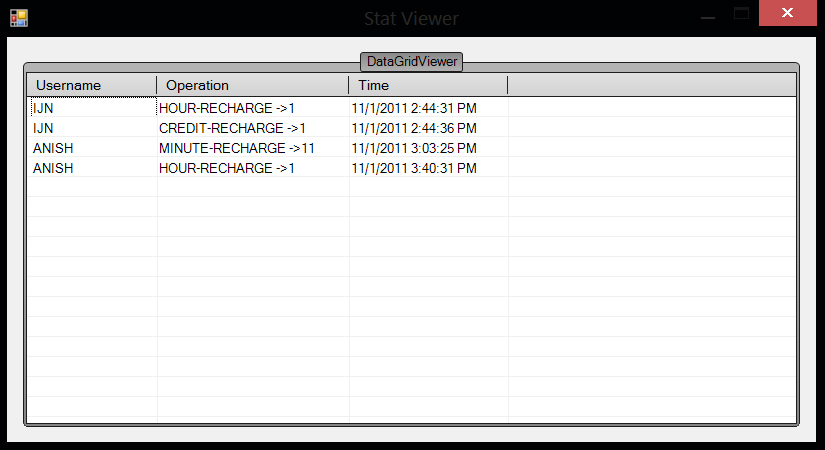
This stat window shows the recharges made by the cashier
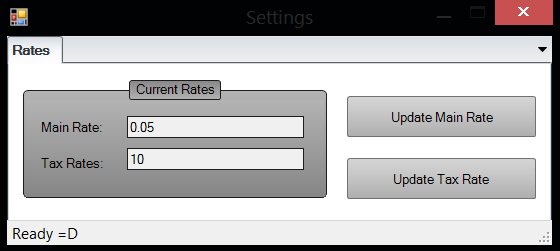
The rating settings tab in the settings screen is visible only to the “System manager” user

This is the user creation window. Notice the compact and easy to fill U.I . Also, note the “Package” entry option (disabled, as the Entry type is selected as “Custom Credit Entry”). The equivalent time is calculated from the rates set by the “System manager”